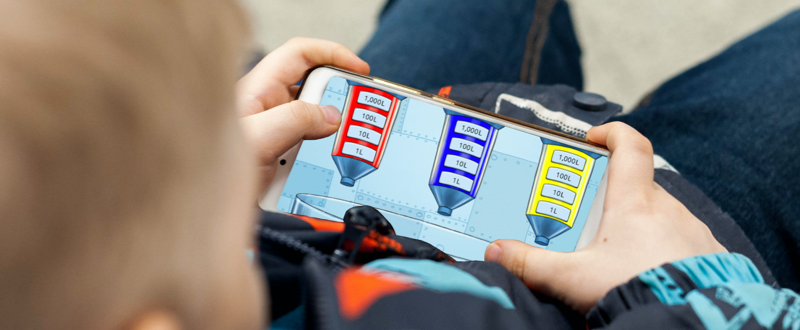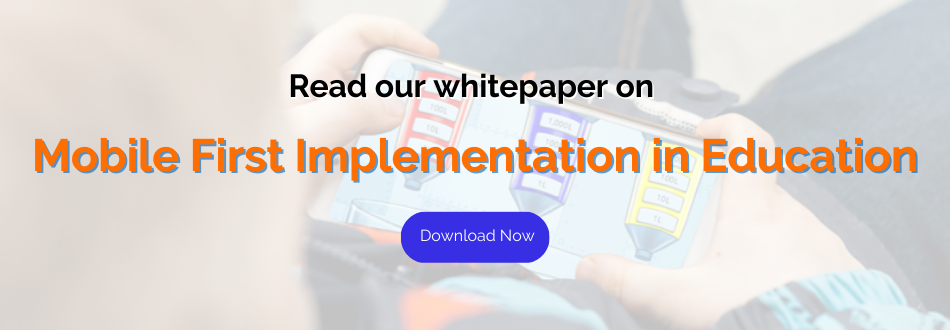
Are Smartphones the Answer to Global Education Reform?
If we’ve learned anything since March of 2020 when the Coronavirus pandemic began, it’s that technology is the future of education.
The pandemic has affected every aspect of our lives, but especially schools. Global disparities in access to educational technology were highlighted by stay-home orders and lockdowns. Even within countries, the gap between the education available to the rich and the poor was exacerbated.
However, there’s a way forward in which students all around the world can access quality education through technology, and it involves smartphones.
Why Smartphones Are the Perfect Educational Tools
Smartphones are a divisive topic in education. Where some see opportunity, others see a distraction device that brings along security risks and more. In some places, smartphones have even been banned from schools! However, with careful management and a clear purpose, smartphones can be perfect educational tools. Why?
Low Cost
When bringing technology to the classroom, the biggest cost is hardware. Computers and tablets are expensive! Schools spend at least $100 per learner on the low-end when attempting to execute one learner one device programs.
However, many families already own a smartphone. Today, approximately 50% of the global population uses mobile devices to access internet services. This is also true in many developing economies such as China, Latin America, and Russia. Plus, smartphones are only becoming more popular around the world. So, why not use smartphones as educational tools? With smartphones, schools and governments can bypass the excessive costs of purchasing hardware.
Easy Internet Access
Smartphones aren’t only ubiquitous, they also offer internet access from anywhere. Fixed-line internet is still scarce in many areas of the world. Countries with large rural areas struggle with this. For example, when Peru began its one laptop one child policy ten years ago, only 1.4% of target schools had internet access. This problem is eliminated with smartphones. Currently, estimates are that 92% of the globe will have access to mobile internet coverage by 2025.
Familiar Technology
Another benefit of smartphones is that students and teachers are already familiar with the technology. One barrier to using laptops, tablets, and other technology is that teachers and students must learn to use them. However, almost anyone feels comfortable using a smartphone!
How to Use Smartphones as Educational Tools
In many parts of the world, children wouldn’t be allowed to take the family’s only smartphone to school. This barrier can easily be overcome. Instead, why not put software on smartphones for children to use at home?
To do this, the approach must be student-led. In other words, students should be at the centre of learning! Instead of the teacher telling them what to do, students take the lead. With a student-led approach, children pick and choose activities and explore their interests. Often, a student-led approach focuses more on problem-solving and critical thinking skills.
How can we give this type of education to a child on a smartphone?
The right software can provide amazing student-led educational opportunities. The software provided should be curriculum-aligned, academically rigorous, and engaging. Plus, many software or learning apps adapt to the students’ pace and skill level.
However, children aren’t sent home with software and no support. The information from the app kids use at home is then made available to teachers at school. This way, educators can track student progress, identify trouble areas, and help students improve!
Making Education on Smartphones Possible
Governments can help make it possible for students to take advantage of learning opportunities on smartphones. First of all, governments can seek to work with many other groups to make learning accessible for all. For example, governments might work with internet companies so that learning apps don’t eat up smartphone data plans. One solution is to give the chosen software a zero-rating. Governments might also work with libraries and internet cafes to help students get an internet connection.
It’s also important for governments and schools to make clear goals and outcomes. When working with software companies, it’s even possible to ask for help in reaching these goals! For example, maybe you need the software available in another language. Or maybe you need a new curriculum standard added. In discussions with the software provider, you might find that these things are possible. This helps governments and schools reach their goals.
When used correctly, smartphones don’t need to be banned from the classroom or home learning! Instead, they can provide invaluable learning experiences.
